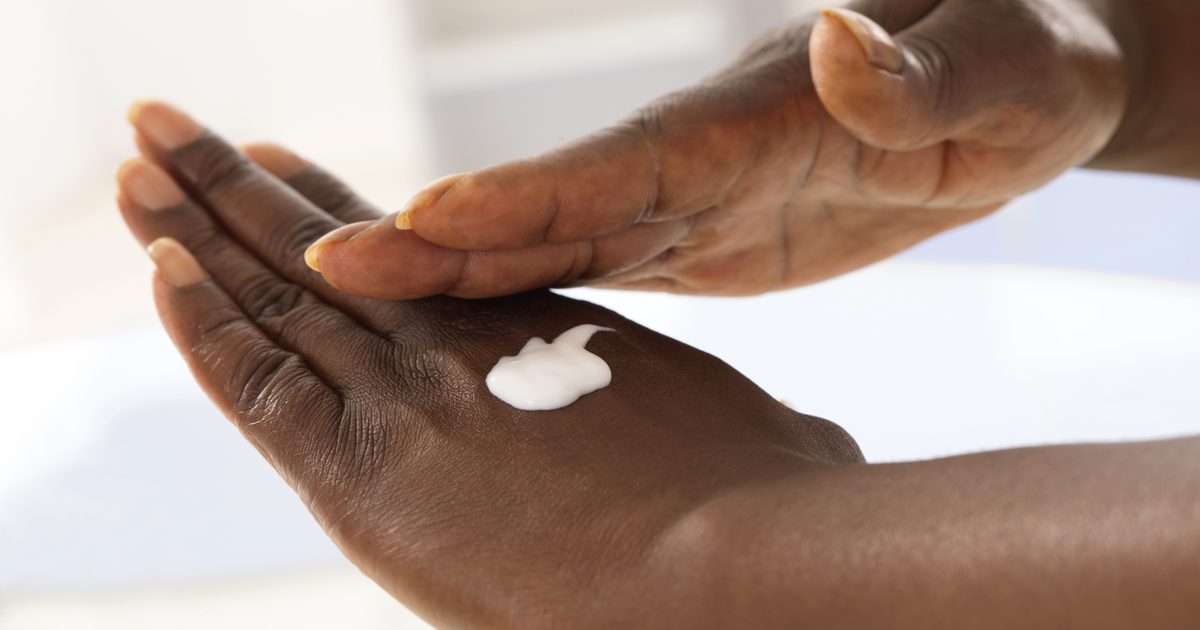Methods Of Preventing And Treating Folliculitis
Warm Compress
A warm compress often helps relieve discomfort and improve drainage in the affected area. Patients can apply warm compresses several times a day, generally as often as needed. When using warm compresses, doctors recommend applying them for twenty to thirty minutes during each session, and patients should check their skin for signs of redness or burning during use. In particular, individuals who have diabetes or another underlying medical condition that might reduce their ability to sense temperature should exercise caution when using a warm compress. For extra relief, doctors recommend using a compress or warm washcloth been dipped in a saline solution. To make this at home, patients can place one teaspoon of salt in two cups of water, stirring until the salt is dissolved.
Get more details on how to manage folliculitis now.
Over-The-Counter Antibiotics And Lotions

Over-the-counter antibiotics and lotions are especially helpful for cases of mild or localized bacterial folliculitis. In particular, chlorhexidine may be especially effective. While using this medication, patients should be aware of the potential for side effects such as blistering, peeling, and swelling of the skin. If needed, patients could also combine chlorhexidine with an antibacterial wash containing benzoyl peroxide. Prolonged use of benzoyl peroxide may cause dry skin, peeling or flaking of the skin, and redness or burning at the application site. The affected area should be washed with antibacterial soap at least twice a day, and patients may wish to consider adding an over-the-counter hydrocortisone cream if they experience itchy skin. If over-the-counter medicines do not improve symptoms within a week, patients should stop using them, and a dermatologist should be consulted.
Uncover more on treating and preventing folliculitis now.
